It’s officially summer. And for our home that means that we’re spending a lot of time outside, at the pool, and have scaled back a bit from the lesson plans.
However, that doesn’t mean that the homeschool learning stops during the summer. In fact, it’s the time that I especially try to provide hands-on learning opportunities to ward off the summer slump.

Our boys are especially excited when they have things to build. Me, I’m excited when the lesson plans are already put together and I don’t have to do any prep. Tinker Crate offers the perfect fit for our family – a kit that includes everything we need (no shopping for me), detailed direction, and the chance for our kids to work on STEM projects and keep the learning going.
Homeschool Learning with the Infinity Mirror
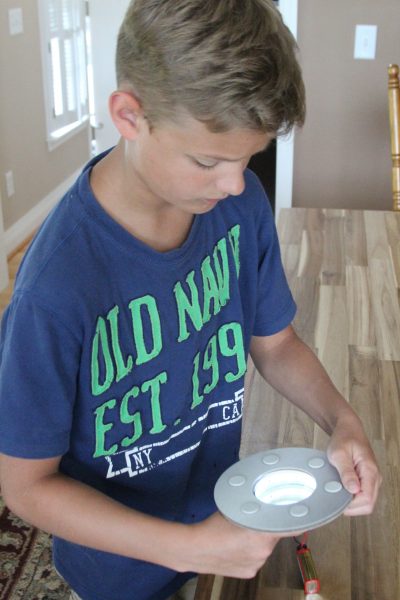
Kaleb and I recently worked on the Infinity Mirror crate and had a fun learning about double sided mirrors and illusions. Overall, the project took us about 20 minutes to put together (I did have to help him a little bit).
Tinker Crates are recommended for ages 9-16+ (Kaleb is 10), but even though he was on the lower end of the age range, he was easily able to follow along with the directions.
What’s Included in the Tinker Crate
- The full project – and all the materials you need to create
- Your blueprint – how to put your project together
- The Tinker Zine – more activities and learning opportunities
- Links to video tutorials of all Tinker Crate projects
As a mom, I have to say that having EVERYTHING in the box is a huge help for me. There is nothing to cut out, trim, make “just right” – it is something we can literally pull out and start building. (This makes me happy!) I also love the terms they use to help kids get in the mode of tinkering – blueprints are still instructions, but they are setting the stage for the science and engineering that will happen!
Creating the Iris
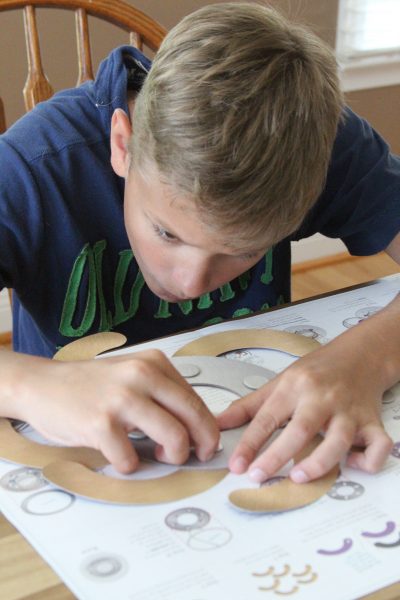
The first step in creating our infinity mirror was putting together the iris. This was one of the areas I had to help a little because it involved double sided sticky dots (and peeling the right layer off can be a little tricky at times).
At first glance the iris doesn’t seem anything special – just a round circle, but it’s importance is shown once the second step of building the mirror is put into play. Basically, the iris will open/shut with a simple twist.
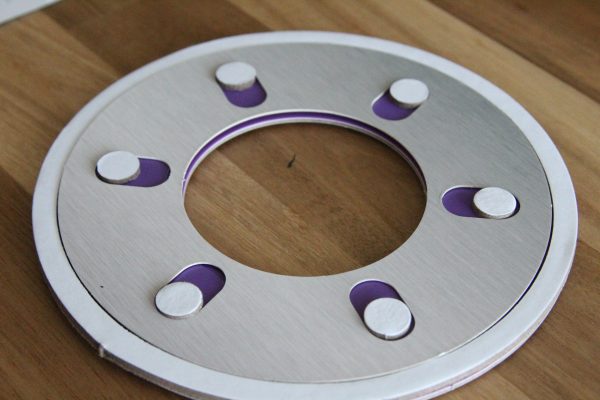
Our completed iris took us about 10 minutes to put together – not too bad. All of the templates were included and Kaleb was able to follow the directions easily (both picture and written directions).
Building the Lens

Once the lens was put together, we worked on the mirror component – and it was really interesting. One of the mirrors was a double-sided piece (allowing you to see through) and the bottom mirror (seen on top above) was a single sided mirror.
Inside we had a component that we hooked up to a 9v battery and provided light inside when connected and the lens can be opened/closed by twisting the bottom section. With the lights lit, the two mirrors give the illusion that the inside of the lens is bottomless.
When the light is off, the double sided mirror doesn’t allow any light through so you only see your reflection and nothing else, but when the light is on, the light is allowed through and the illusion begins.
To give you a little peek, here is a 2 minute clip where we share our infinity mirror (feed readers can click here to see).
A Little More About Tinker Crate (& Thoughts From Me)

Tinker Crate is one of the hands-on learning crates from KiwiCo and targeted toward ages 9-16+. They also offer crates for preschool age (Koala Crate), the Kiwi Crate (ages 5-8), and a Doodle Crate (ages 9-16+). Each of the various crates also focus on different aspects of learning: playing, art & design, science, and engineering.
The projects have all been reviewed by child development experts and are kid-approved. Crates come with free shipping and subscribers receive additional benefits, including bonus online content to extend the learning.
Learn more about the monthly subscription plans here.
Save 30% using code SHARE30 during checkout!





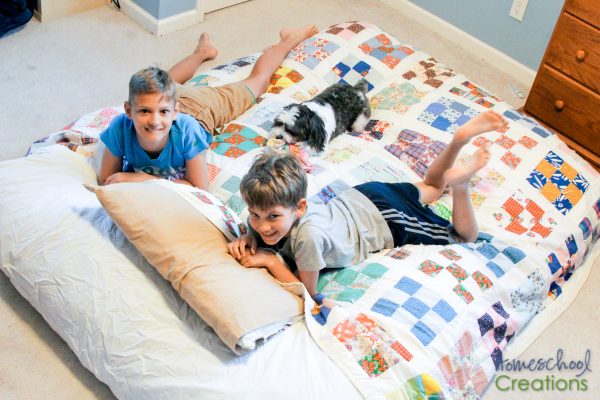




















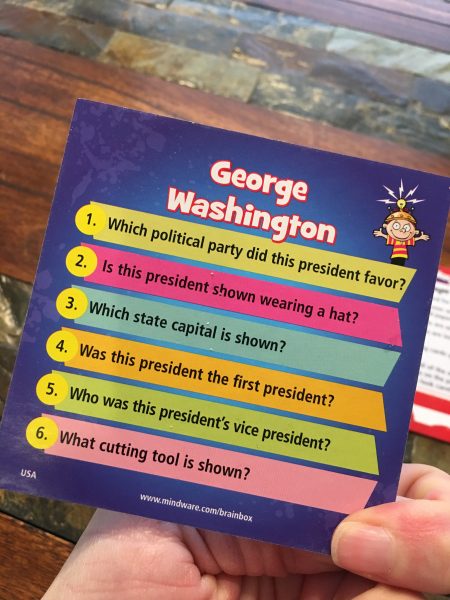




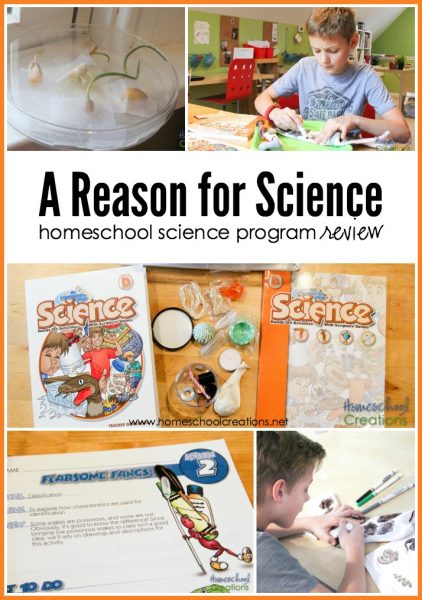

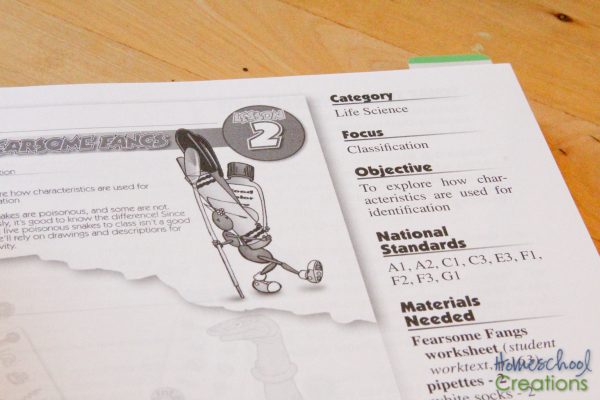
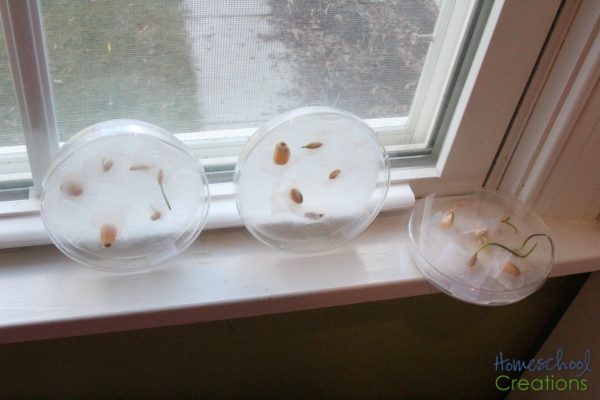








 The printables shared on this site are FREE of charge unless otherwise noted, and you are welcome to download them for your personal and/or classroom use only. However, free or purchased printables are NOT to be reproduced, hosted, sold, shared, or stored on any other website or electronic retrieval system (such as Scribd or Google docs). My printables are copyright protected and I appreciate your help in keeping them that way.
If you download and use some of my printables and then blog about them, please provide a link back to my blog and let me know - I'd love to see how you are using them! Please be sure to link to the blog post or web page and not directly to the file itself. Thank you!
The printables shared on this site are FREE of charge unless otherwise noted, and you are welcome to download them for your personal and/or classroom use only. However, free or purchased printables are NOT to be reproduced, hosted, sold, shared, or stored on any other website or electronic retrieval system (such as Scribd or Google docs). My printables are copyright protected and I appreciate your help in keeping them that way.
If you download and use some of my printables and then blog about them, please provide a link back to my blog and let me know - I'd love to see how you are using them! Please be sure to link to the blog post or web page and not directly to the file itself. Thank you!